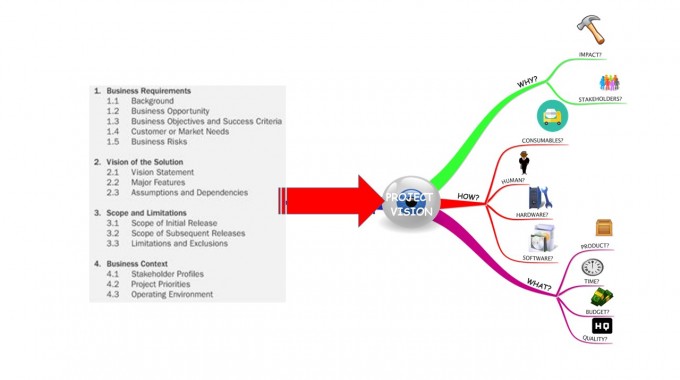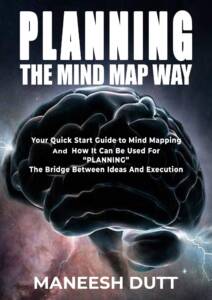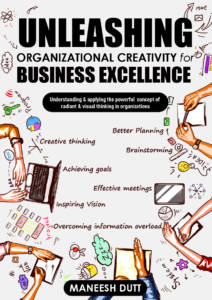Project Management is known to have been in existence since the Egyptian era and it evolved over centuries driven by growing project complexities and the desire for “speed” and “quality” in projects. From the 1950’s to the 1960s, the defence establishments in the US including NASA, was the main user of Project Management methodologies. In the 1970s, the large engineering and construction companies used project management principles and tools to manage large budget and schedule driven projects. Then in the 80’s there was a surge in manufacturing companies and coming of age of the software development sectors, which began adopting advanced project management practices (Ref: E. G. Carayannis,, Y. H. Kwak and F. T. Anbari, Brief History of Project Management, Quorum Books, 2003).
It is, however, only in the last two decades that project management as a discipline is being widely applied not only by existing, but also, emerging industries and organizations. From Not-for-Profit organizations to the entertainment industry, there is a wide acceptance of the positive value add of the project management discipline.
But, acceptance of the subject of Project Management by a large community of users, does not always translate into an enhanced maturity of Project Management as a discipline. To put it in another way, organisations have a tendency to copy paste traditional methods of Project Management thus losing an opportunity with every new project to be even more effective.
There are innumerable publications, which address Project Management both as an art and a science. This is the perfect harmony, which would enable a creative endeavor like a Project to flourish. Even a cursory look, however, at the Project Management models and techniques reveals more shades of logic and reasoning than intuitiveness or creativity, which an artist lends to his canvas. Fundamentally a project is a linear movement along a time line; however that should not bind a project manager to linear thinking in all other aspects of Managing a Project.
As an example, several project communication plan templates exist and each is nothing but a two dimensional linear structure elaborating the communication needs of the project. However, a simple application of the radiant thinking, such as Mind Mapping, for creating a communication plan would help generate a much more engaging plan for the project team to adhere to. Same is the case with other important Project documents such as the Project Vision or even the risk identification log. Is it not time that organisations and Project Managers started experiment with a radiant rather than a linear thinking…
Interested in reading more on how Radiant thinking or Mind Mapping can help your Project Management Practices? Check out this two minute video.. OR Click here to read sample pages of the book “Mind Maps for Effective Project Management”.



